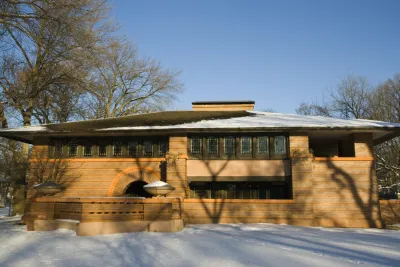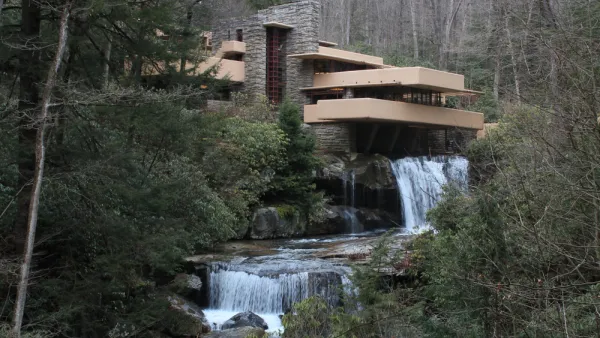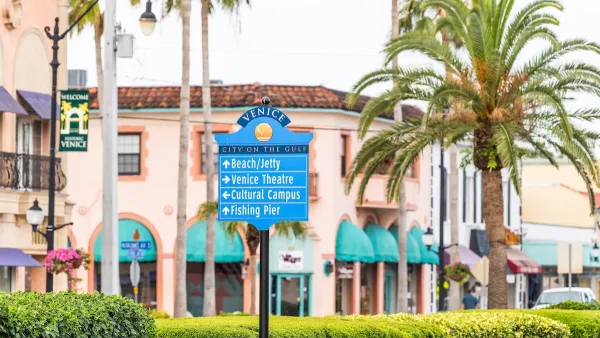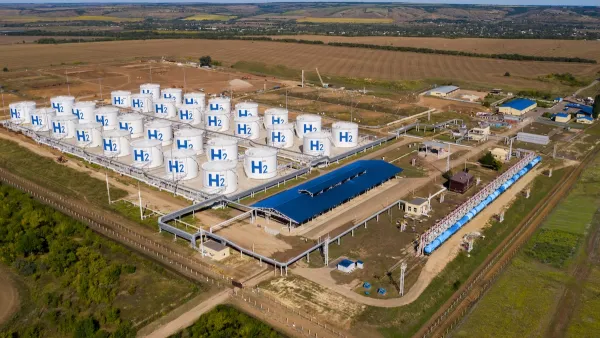In an extended discussion, Keith Eggener examines what it means for a work of architecture to be "naturally" American, and why looking at modern American styles through an intensively regional lens may be unhelpful.

Basing his essay on a Portland Art Museum exhibit showcasing the work of architect John Yeon, Keith Eggener delves deeply into American architectural identity, both national and regional.
Eggener traces the idea of distinctively American architecture through the early 20th century, a period when international styles interacted with homegrown sensibilities in the work of pioneers like Frank Lloyd Wright. "Just as a foreign-born person may become naturalized when moving to a new country, so foreign-born architectural themes were being naturalized through their adaptation to American conditions."
In the post WWII period, Eggener writes, America's international predominance solidified its architectural reputation as the font of all things modern. But a parallel narrative around "regionalist" forms also emerged, centered on the suburbs. "It's notable [...] that the new regionalist architecture of mid-century America was limited almost exclusively to a single building type: the free-standing, private house."
Eggener goes on, "So it seems reasonable to ask: why does so much so-called regional modern architecture across the U.S. look so much like architecture found in regions other than its own?" Regional variation exists, but there's also a lot of architectural uniformity across the U.S. As Yeon put it, "Whether there is or is not a Northwest regional style of architecture is debatable, but what is certain is that lot of people want to think there is."
FULL STORY: A Fortuitous Shadow

Analysis: Cybertruck Fatality Rate Far Exceeds That of Ford Pinto
The Tesla Cybertruck was recalled seven times last year.

National Parks Layoffs Will Cause Communities to Lose Billions
Thousands of essential park workers were laid off this week, just before the busy spring break season.

Retro-silient?: America’s First “Eco-burb,” The Woodlands Turns 50
A master-planned community north of Houston offers lessons on green infrastructure and resilient design, but falls short of its founder’s lofty affordability and walkability goals.

Test News Post 1
This is a summary

Analysis: Cybertruck Fatality Rate Far Exceeds That of Ford Pinto
The Tesla Cybertruck was recalled seven times last year.

Test News Headline 46
Test for the image on the front page.
Urban Design for Planners 1: Software Tools
This six-course series explores essential urban design concepts using open source software and equips planners with the tools they need to participate fully in the urban design process.
Planning for Universal Design
Learn the tools for implementing Universal Design in planning regulations.
EMC Planning Group, Inc.
Planetizen
Planetizen
Mpact (formerly Rail~Volution)
Great Falls Development Authority, Inc.
HUDs Office of Policy Development and Research
NYU Wagner Graduate School of Public Service




























